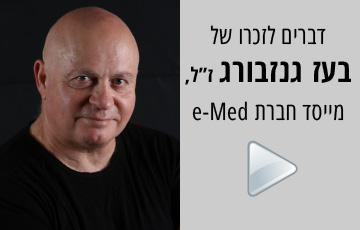ביצוע סתימת שורש עם Thermafil מתברר כהרבה יותר יעיל מאשר דחיסה לטרלית .גם מבחינת החדירה לטובולי הדנטין .
לפניכם האבסטרקט:
International Endodontic Journal | |
Effect of obturation technique on sealer cement thickness and dentinal tubule penetration | |
M. V. Weis, P. Parashos & H. H. Messer | |










השאירו תגובה
רוצה להצטרף לדיון?תרגישו חופשי לתרום!